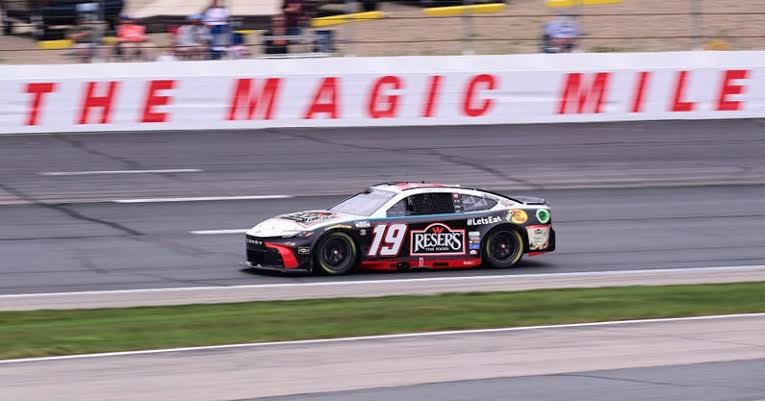NASCAR’s 2025 season is set to bring significant changes to its practice and qualifying formats, reflecting the sport’s ongoing efforts to enhance competition and fan engagement. The modifications aim to streamline the process, increase excitement, and ensure a more competitive edge across all teams. Here’s a detailed overview of the upcoming changes:
**Practice Sessions:**
For the 2025 season, NASCAR is implementing a revised practice schedule to balance team preparation with maintaining competitive integrity. The number of practice sessions before each race weekend will be reduced, focusing on shorter, more intense sessions that encourage teams to maximize their efficiency. This adjustment is designed to reduce costs and level the playing field, as well as to adapt to evolving technological advancements in the sport.
1. **Single Extended Practice Session:** Teams will have one extended practice session lasting approximately 90 minutes per race weekend. This session is intended to allow teams to make significant adjustments and fine-tune their setups based on the latest data and conditions.
2. **Mandatory No-Track Time:** To ensure that all teams have equal opportunity and prevent excessive setup adjustments, there will be a mandatory period where cars are not allowed on the track after the initial practice session. This will be enforced to ensure that teams cannot gain an undue advantage through additional track time.
3. **Focus on Simulations:** With the reduction in physical practice time, teams are expected to rely more on advanced simulation tools and data analysis. This shift encourages innovation and technical expertise, as teams need to optimize their strategies and setups using virtual and data-driven approaches.
**Qualifying Format:**
The qualifying format for the 2025 season introduces several key changes aimed at enhancing excitement and fairness:
1. **Single-Lap Qualifying:** The new qualifying format will feature single-lap qualifying sessions where drivers will take turns completing one lap to set their times. This change shifts away from the previous multi-lap and group-based formats, emphasizing individual driver skill and precision.
2. **Inverted Grid for Top 10:** For the top 10 positions, the grid will be inverted based on the qualifying results. This means that the driver with the 10th fastest time will start on pole position, while the fastest qualifier will start 10th. This inversion is designed to create more dynamic and unpredictable race starts, encouraging overtaking and strategic racing.
3. **Qualifying Heats:** To add an additional layer of competition, there will be qualifying heats for certain races. These heats will consist of shorter, high-intensity races that determine the final starting positions for the main event. The heats will also serve as a means to give fans more on-track action and excitement.
**Implications for Teams and Drivers:**
The changes to practice and qualifying formats are expected to have several implications:
– **Strategic Adjustments:** Teams will need to adapt their strategies to make the most of the reduced practice time and single-lap qualifying format. This will require a greater emphasis on pre-race preparation and precision in setup adjustments.
– **Increased Focus on Driver Skill:** With single-lap qualifying and inverted grids, individual driver skill and performance will become more prominent, as drivers must excel in a shorter window of opportunity and navigate through a more dynamic race start.
– **Enhanced Fan Engagement:** The new formats are designed to increase excitement and unpredictability, potentially attracting more viewers and enhancing the overall fan experience. The focus on individual driver performance and dynamic grid changes is likely to lead to more engaging and competitive races.
Overall, NASCAR’s revisions to the practice and qualifying formats for the 2025 season reflect a strategic move to modernize the sport and enhance both competitive balance and fan engagement. By focusing on efficiency, driver skill, and unpredictable race conditions, NASCAR aims to maintain its position as a leading motorsport and continue captivating audiences with thrilling and competitive racing.
